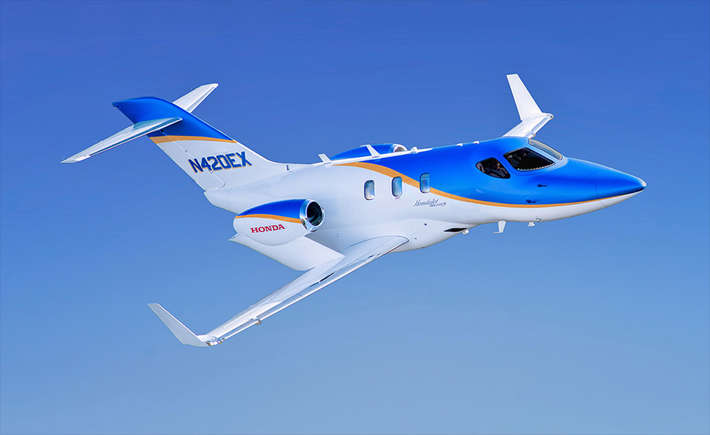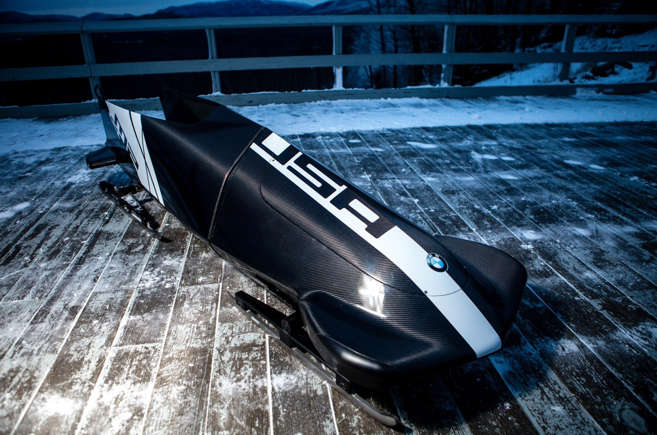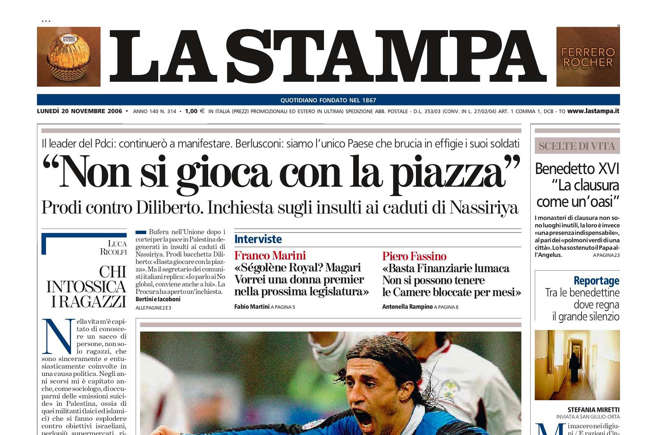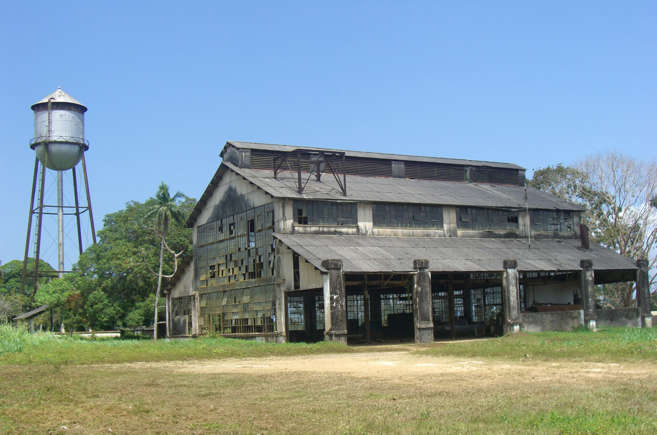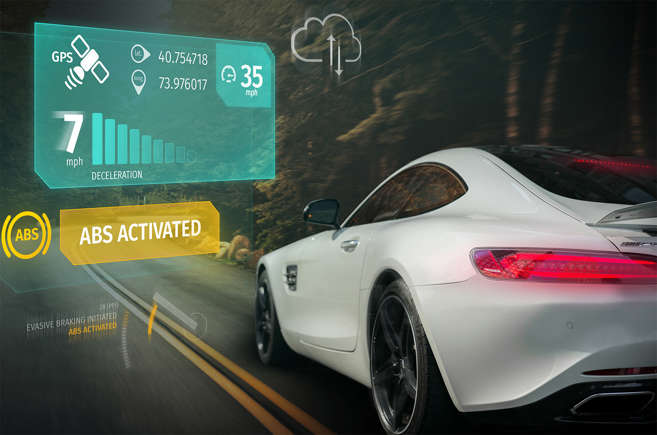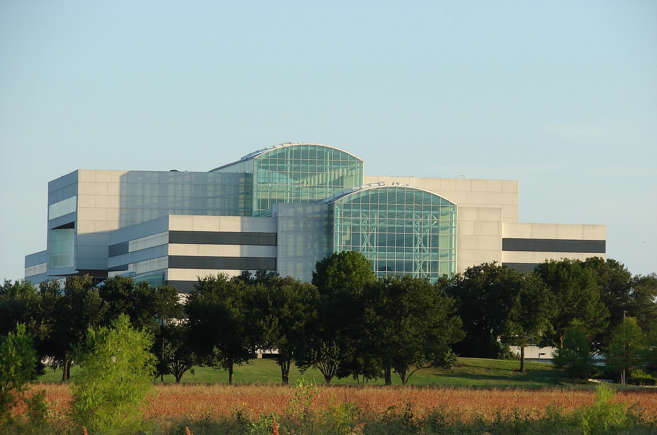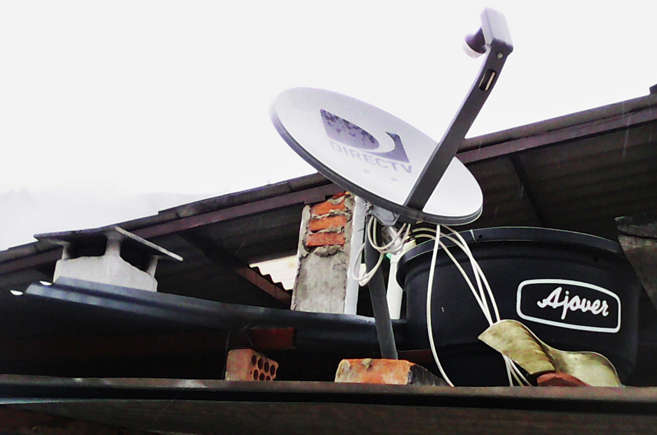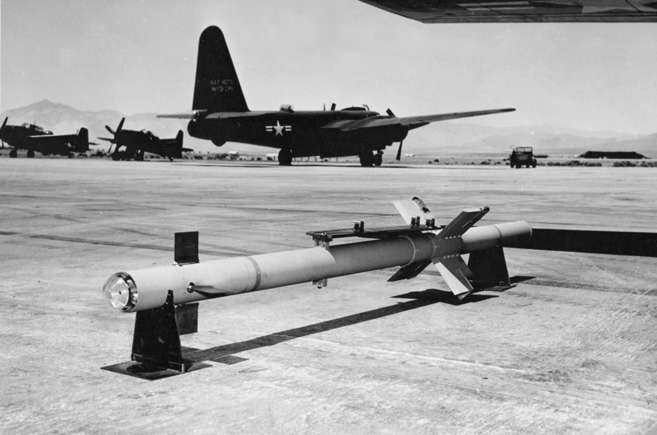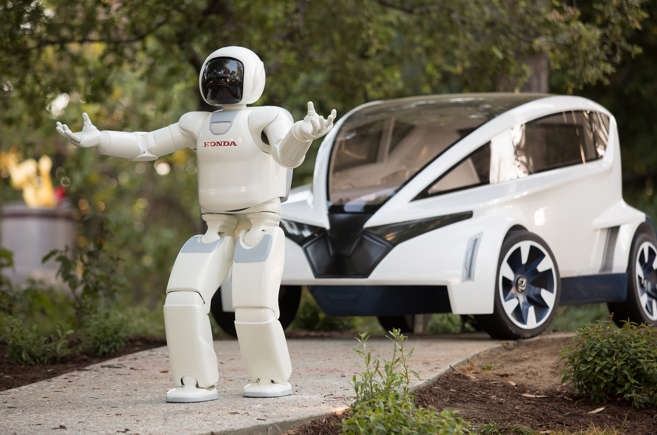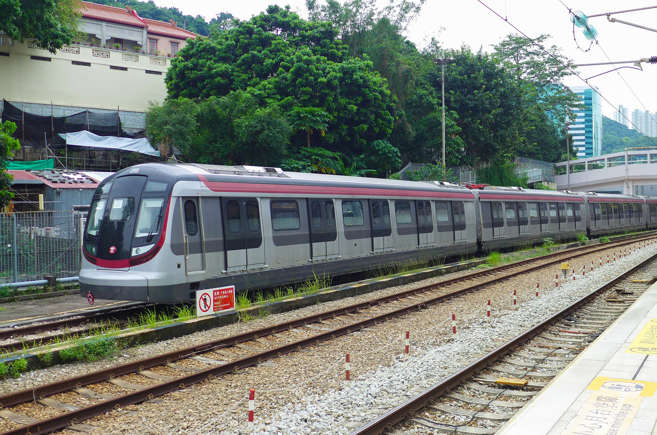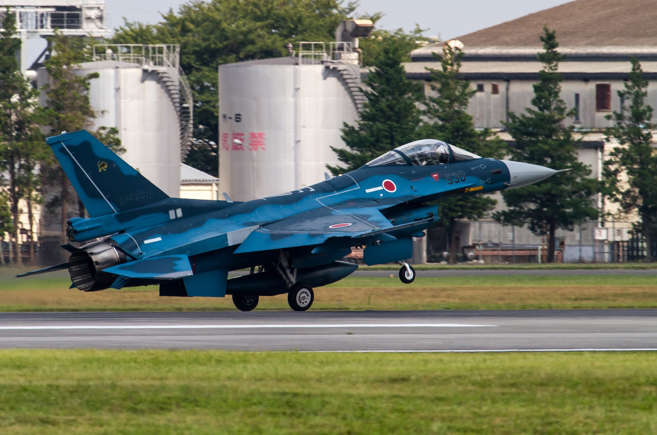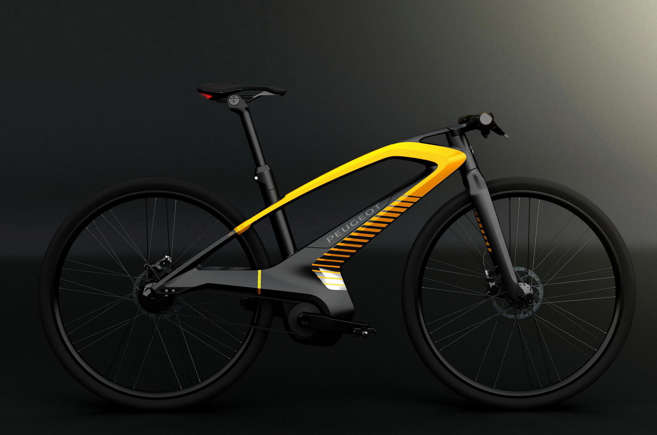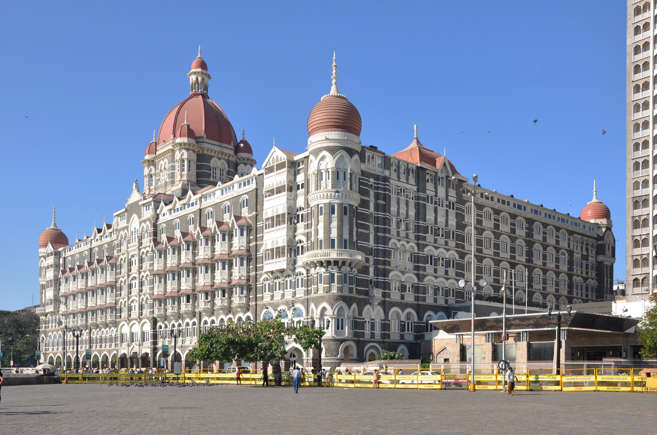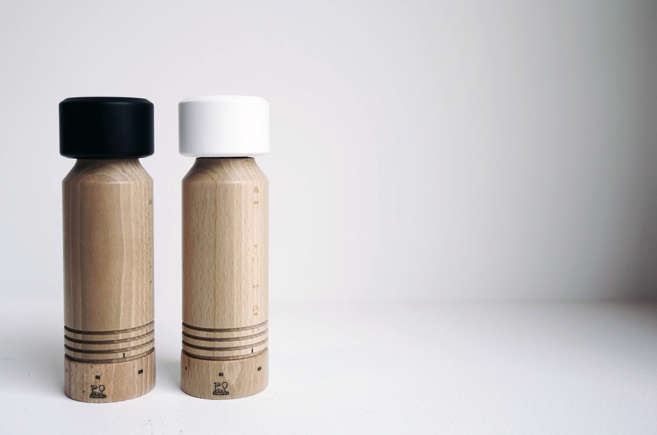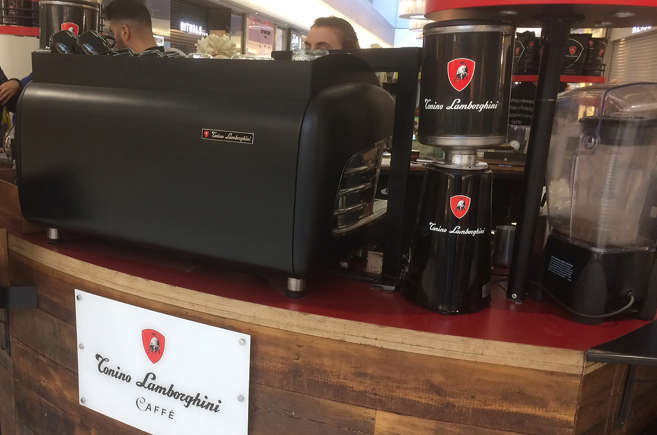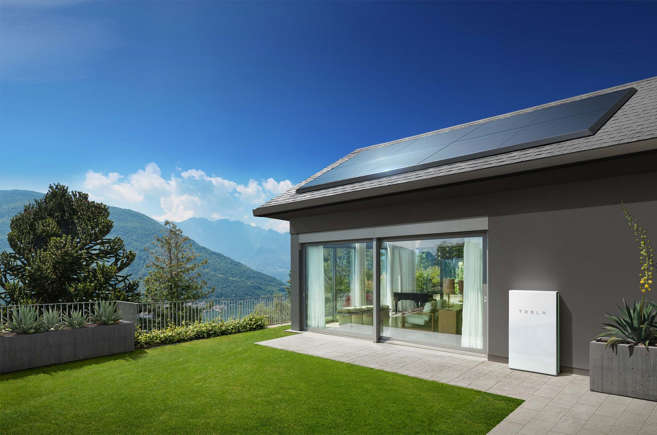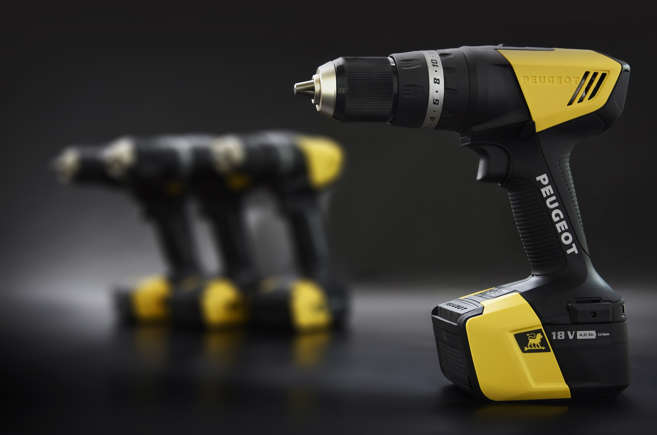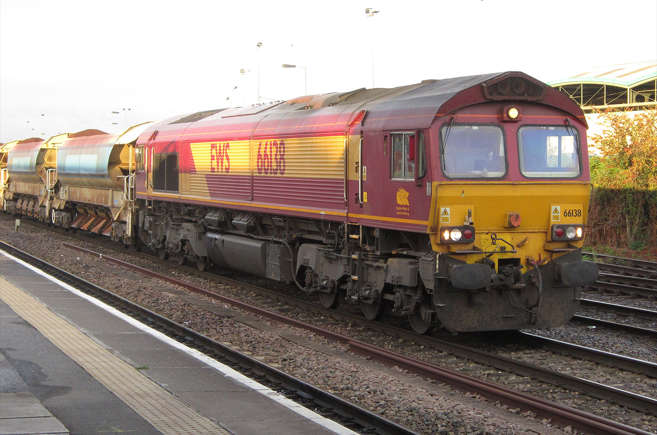Fiat’s daily newspaper©La Stampa
Fiat purchased Turin-based Italian newspaper
La Stampa in 1926. Under Fiat ownership,
La Stampa grew from a regional newspaper to one of the largest daily publications in Italy. Interestingly, it ran afoul of former Libyan leader
Muammar Gaddafi in 1978 after publishing a series of satirical articles about him. He threated to strike back at Fiat, not
La Stampa, by putting it on a boycott list if the paper didn’t fire its editor.
La Stampa stood its ground and Gaddafi didn’t keep his promise of black-listing the auto-maker.
In 2014, Fiat and the powerful Perrone family lumped
La Stampa and
ll Secolo XIX into a new company named Italiana Editrice. Fiat's successor company Fiat Chrysler Automobiles finally sold its ownership interest in
La Stampa in 2017.
